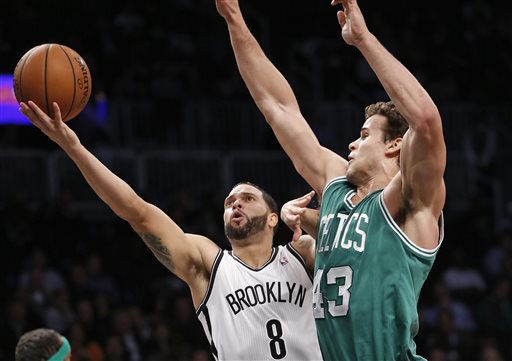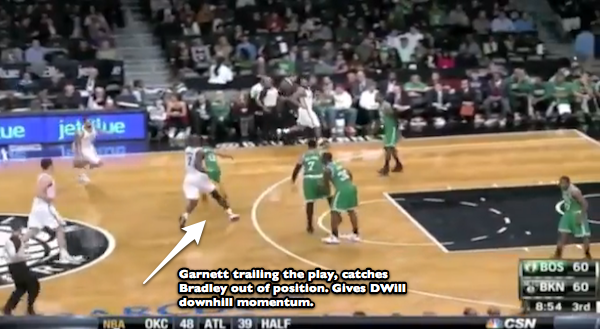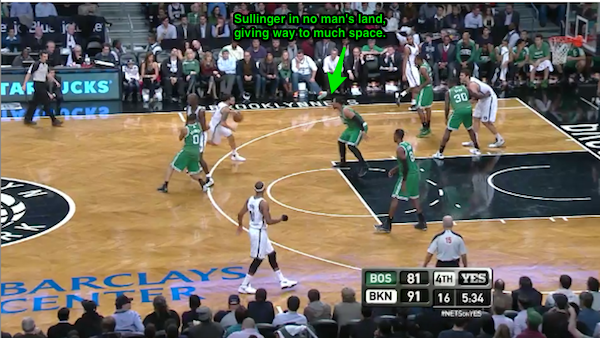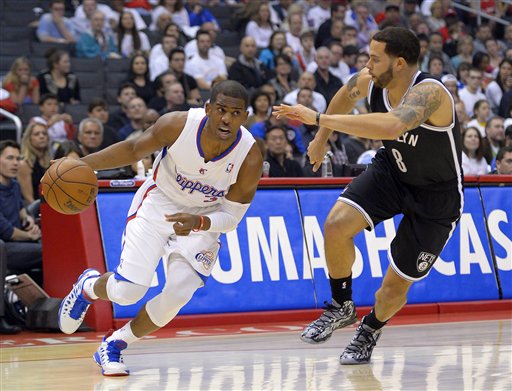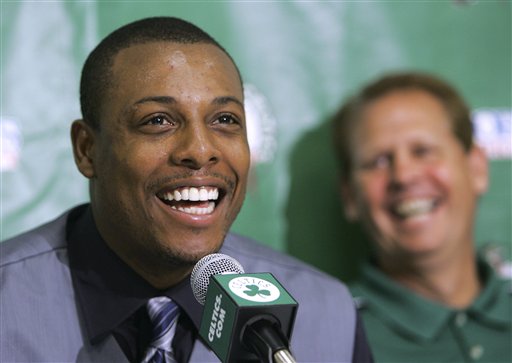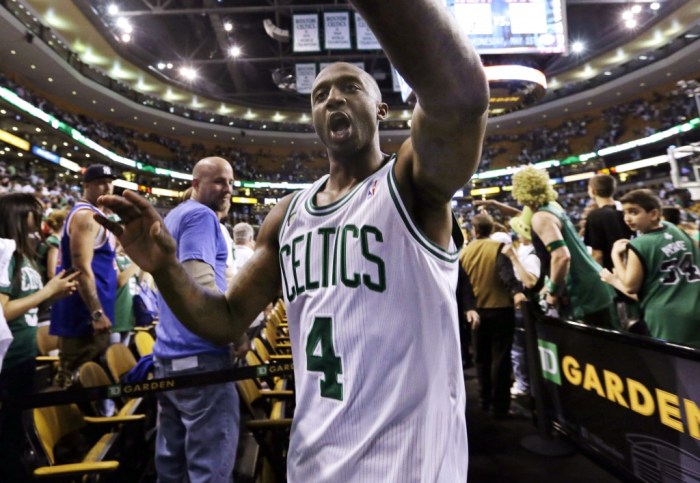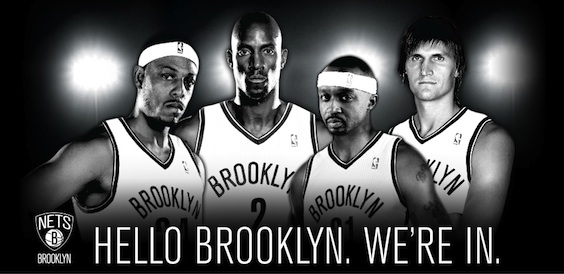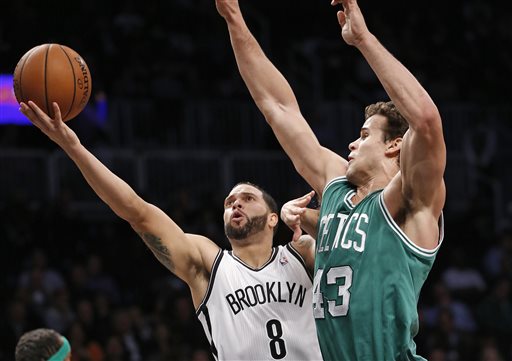
It’s amazing what adding an All-Star point guard can do.
For someone who hasn’t played much competitive basketball since the start of the season, Brooklyn Nets guard Deron Williams looked to be near peak form for much of his return against the Celtics. In turn, the Nets offense finally resembled that of a competent NBA team.
One of the big added bonuses Williams brings to the game is his ability to create, and the Nets took advantage of this ability by using drag screens to help spring Williams into some early offense.
Drag screens are ball screens set in transition, usually by trailing big men. In the second half vs. the Celtics, it was easy to see the makings of what could be considered decent offense; in semi-transition, the Nets drag-screened for Williams, allowing him to freelance and look for early opportunities for himself or others. If that gets shut down or if nothing arises, then the Nets can flow right into their primary offense for that possession.
“I felt like we played a little too slow, and we definitely needed to pick the pace up,” Williams said after Tuesday’s victory. “That’s why I was really conscious to push the ball and try to get things going and get some easy baskets.”
Let’s take a look at a few examples from Tuesday night’s win over the Boston Celtics.
The purpose of setting a screen in transition is to attack a defense that isn’t set, and Tuesday night’s game was a perfect example of that.
In this first clip, Deron Williams advances the ball up the court, with both of the Nets bigs, Kevin Garnett and Brook Lopez, running “trail lanes” behind him. Shortly after crossing midcourt, both Garnett and Lopez turn back to set drag screens for the transitioning Williams. With everyone in retreat mode, this screen is effective because the Celtics defense is not adequately positioned to handle such action.
Garnett’s man, Jared Sullinger, is nowhere to be found on this screen coverage as a result of his retreating back on defense. This gives Williams a ton of space to turn the corner and attack him with a full head of steam. Williams’s change of direction just adds a bit of cruelty to the equation, as the bulky Sullinger simply can’t handle the shift.
Clip two shows more of the same. Again, its Williams “attacking” in transition. I put attacking in quotes because the Nets don’t have a numbers advantage; all five Celtics are back. But since they’re changing from offense to defense, they are still not set in their defensive assignments.
Garnett opportunistically clips Bradley, and because of the suddenness of a drag screen, Bradley cannot properly prepare his body to negotiate the screen in time. This gives Williams a golden freelance opportunity. This is early offense against a defense that isn’t set, and again it’s Sullinger who’s victimized.
As Williams turns the corner, Sullinger is stationed just below the foul line: too low to disrupt Williams getting momentum going towards the paint, too high to protect the rim and prevent Williams from driving (as we saw in the previous clip).
On this particular play, given all that space, Williams elects to calmly pull up from about 17 feet and got as clean a look as he could ever hope for.

